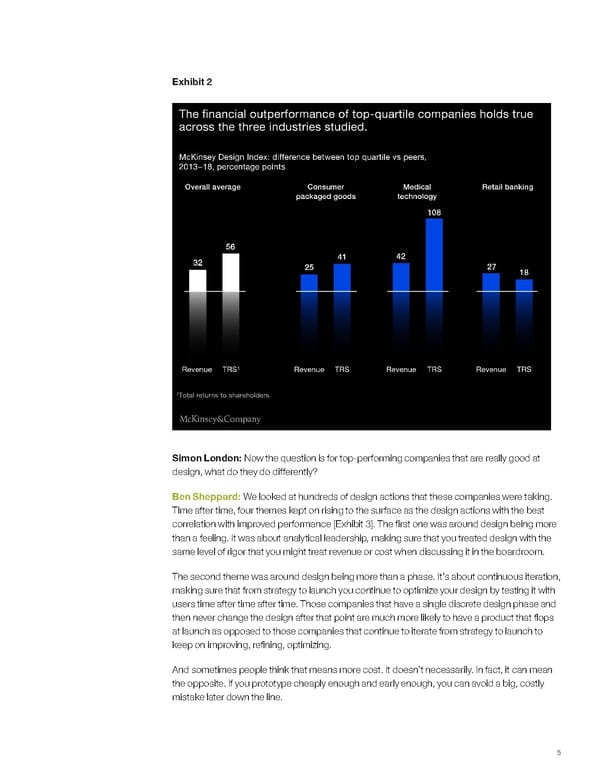Exhibit 2 Simon London: Now the question is for top-performing companies that are really good at design, what do they do differently? Ben Sheppard: We looked at hundreds of design actions that these companies were taking. Time after time, four themes kept on rising to the surface as the design actions with the best correlation with improved performance [Exhibit 3]. The first one was around design being more than a feeling. It was about analytical leadership, making sure that you treated design with the same level of rigor that you might treat revenue or cost when discussing it in the boardroom. The second theme was around design being more than a phase. It’s about continuous iteration, making sure that from strategy to launch you continue to optimize your design by testing it with users time after time after time. Those companies that have a single discrete design phase and then never change the design after that point are much more likely to have a product that flops at launch as opposed to those companies that continue to iterate from strategy to launch to keep on improving, refining, optimizing. And sometimes people think that means more cost. It doesn’t necessarily. In fact, it can mean the opposite. If you prototype cheaply enough and early enough, you can avoid a big, costly mistake later down the line. 5
 Tapping into the business value of design Page 4 Page 6
Tapping into the business value of design Page 4 Page 6